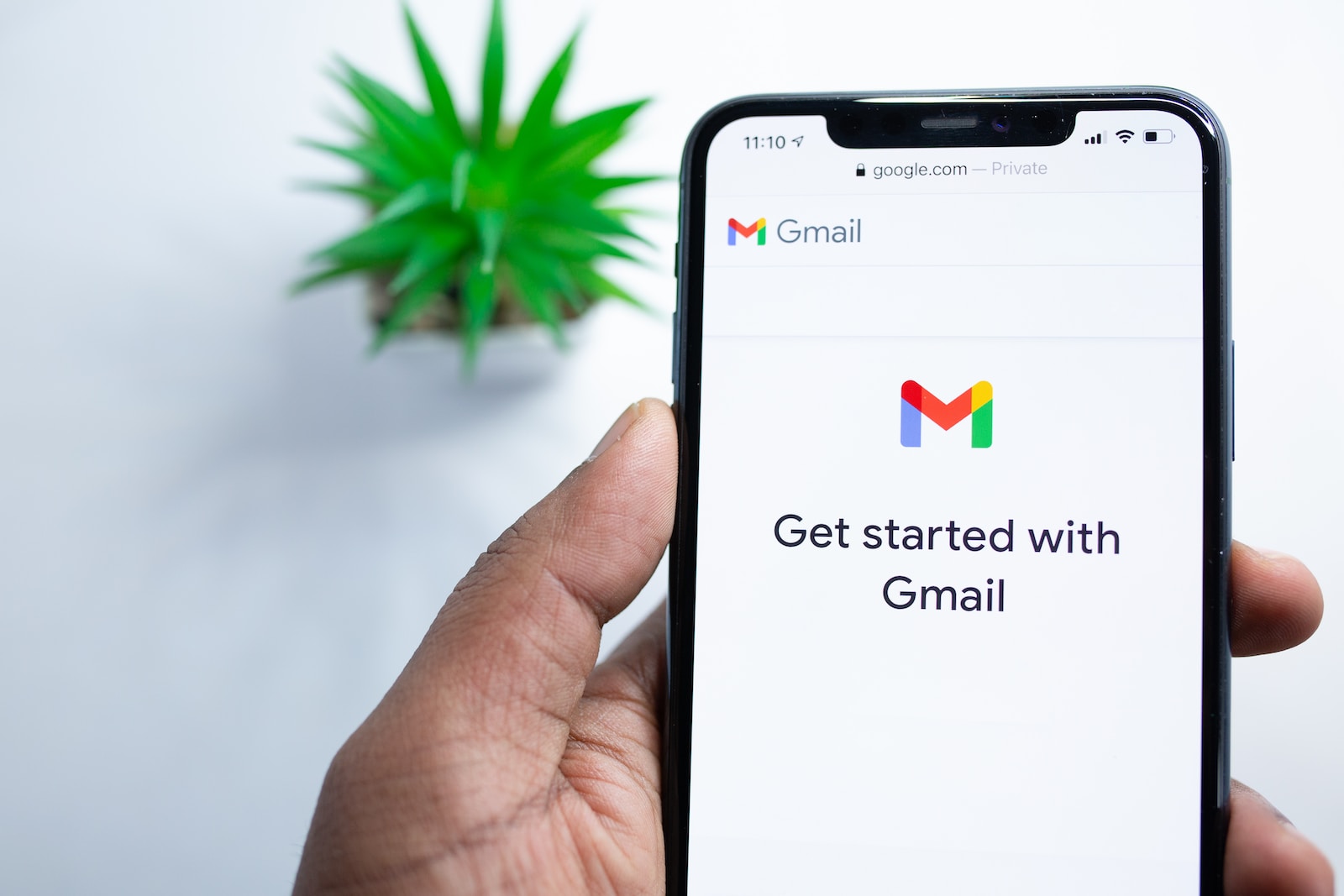Discover the Latest Gmail Contacts Features: Enhance Your Email Experience

April 17, 2023
Contacts are an essential part of any email platform ande here, you can discover the latest Gmail contacts features. Gmail, one of the world’s most popular email services, is no exception. Since its launch in 2004, Gmail has constantly improved its contacts feature to make it easier to use and more useful for its users.
In this article, we’ll explore how contacts have improved in Gmail over the years and how you can get the most out of them.
Before we dive into the improvements to contacts in Gmail, it’s important to understand what contacts are and why they are important. Contacts are a list of people and organizations that you communicate with frequently. Keeping an up-to-date and organized contact list allows you to send emails more easily and quickly.
Contacts are also useful for keeping track of important people’s contact information, such as their email addresses, phone number, and mailing address.
Beginnings of the first Gmail contacts functions
In its early years, Gmail had a basic contact feature. Users could create and edit contacts, but the feature was not particularly sophisticated. In 2009, Google released a major update to Gmail’s contact feature. This update added several new features and significantly improved the user experience.
One of the most notable features of the 2009 update was the ability to add multiple email addresses and phone numbers for each contact. Before this update, only one email address and phone number could be added for each contact. The new multiple email addresses and phone numbers feature allowed users to maintain a more complete list of their contacts’ contact information.
The 2009 update also introduced a new contact search feature. Users could search for contacts by name, email address, or phone number. This feature made it easier to find specific contacts in a user’s contact list.
Another important feature added in the 2009 update was the ability to import and export contacts. Users could import contacts from other email services and export their Gmail contact list to a CSV file. This made it much easier to transfer contacts from one email service to another.
In the following years, Gmail continued to improve its contacts feature. In 2015, Google released a major update that significantly improved the user interface of the contacts feature. The new interface was more modern and user-friendly, making it more accessible to new and experienced users alike.
The 2015 update also added a new contact merge feature. This feature allowed users to merge duplicate contacts in their contact list. Before this update, users had to manually search and delete duplicate contacts. The contact merge feature made this process much easier and faster.
In 2018, Gmail released a major update that added a new contact labels feature. Contact labels allow users to organize their contact list into specific categories. For example, a user might create a “Work” label for their related contacts.
New updates of contact information
The truth is that keeping a well-updated and detailed contact database is a task that not everyone cares about, and over time our address book can become a flood of anonymous emails, even from people we don’t even know.
Remember with the idea of improving searches and results, when we search where we write an email, Gmail returns us, in addition to the exchanged messages, a small file where we see a photo of our contact, his phone, and some shortcuts to us. start a Gtalk chat or a video call.
On the other hand, the Gmail team decided to improve the integration of the email service with Google Circles, a feature that was introduced last December. If we decide to choose one of our circles, for example, to filter messages, the photos of the members of the circle will appear at the top of the stack of messages, as direct access to search the messages of each contact and logically to your file where we can see their information.
Social circles become a filter in Gmail and therefore we can filter messages by prefixing the circle name with “circle:” and typing it in the search field of the service.








